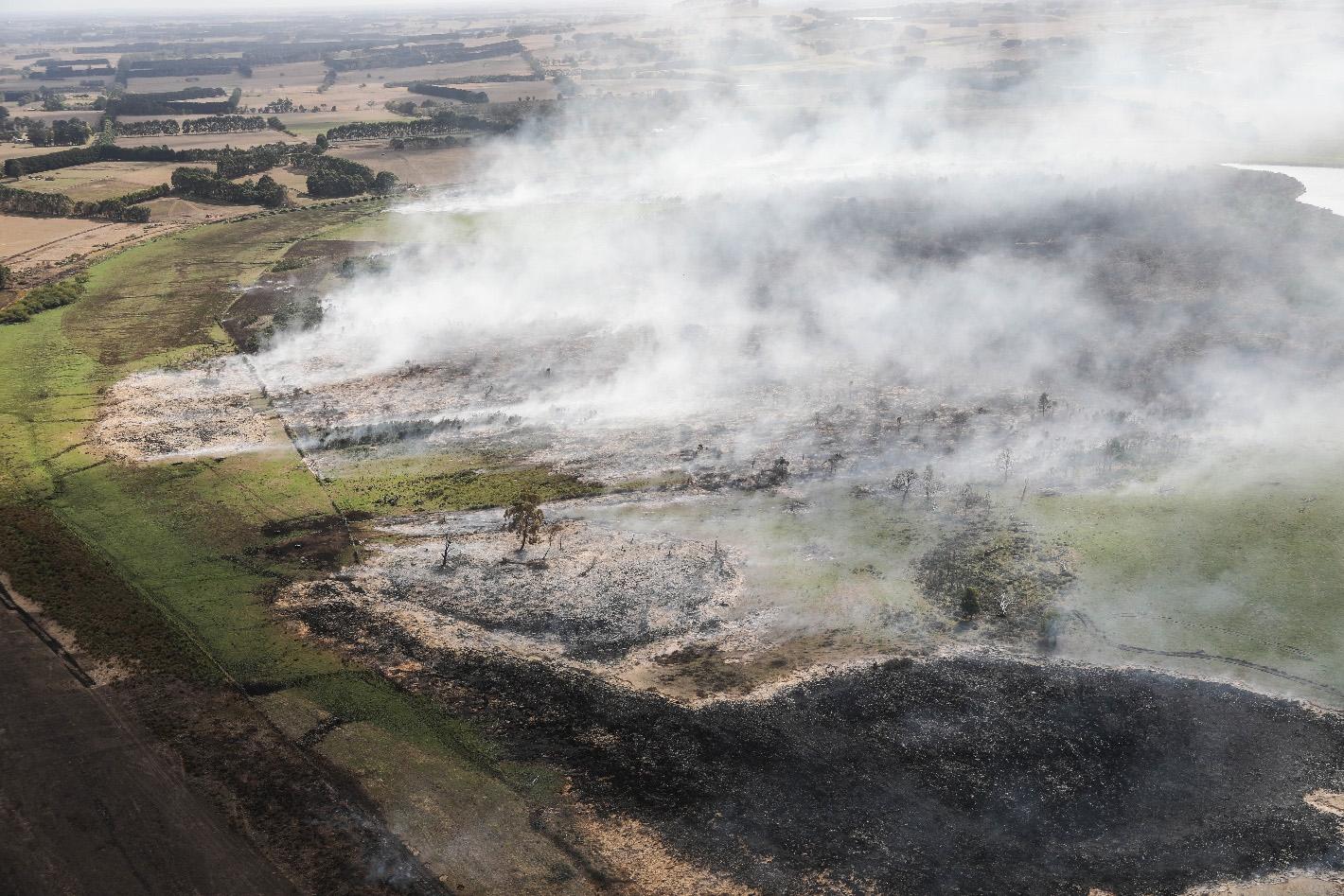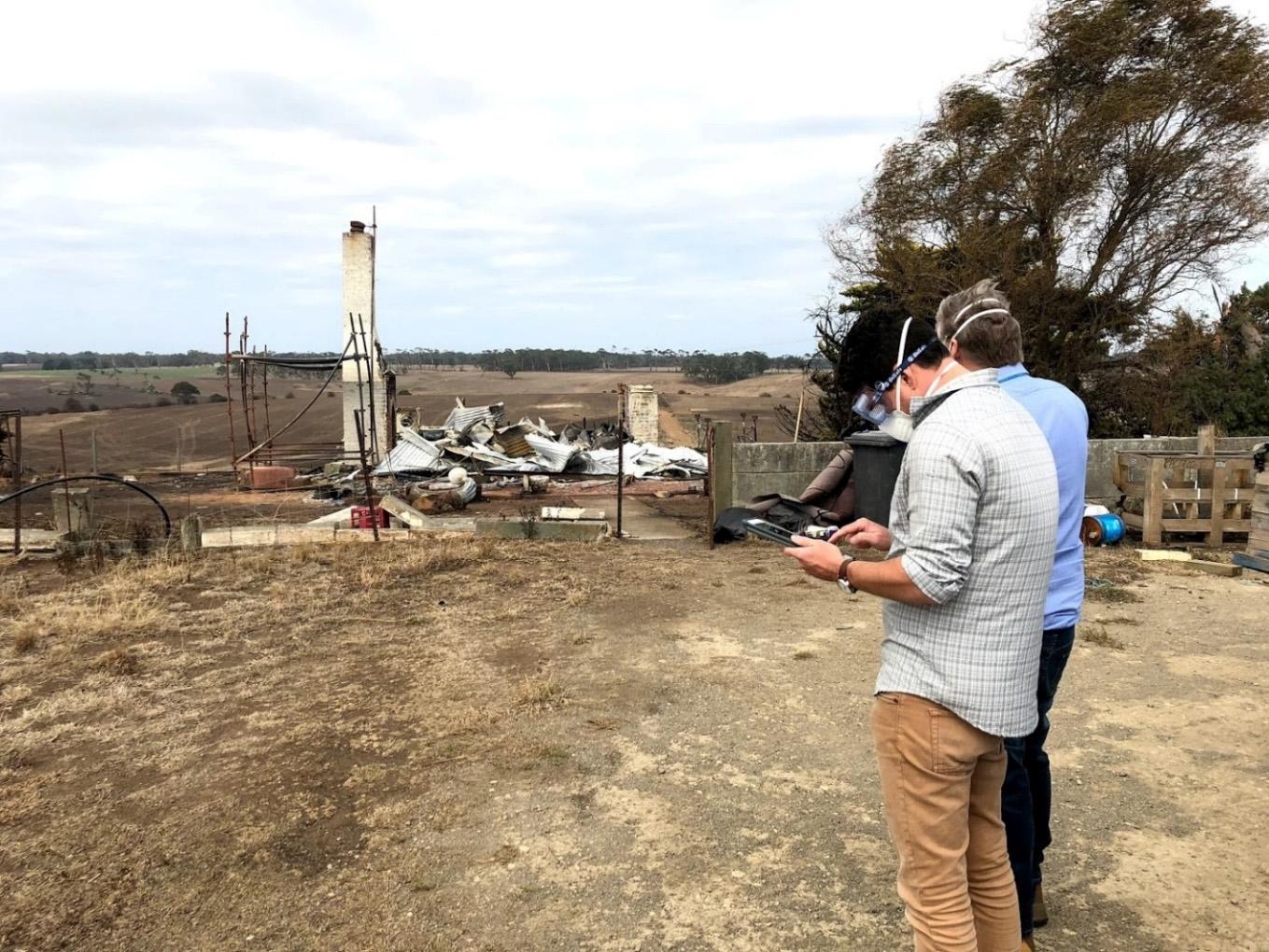32
3.3 Components of impact assessment Finding 3 The Inspector-General for Emergency Management finds that there is a lack of clarity in the sector regarding the relevance, timing and activities involved in the three stages of impact assessment. Improved clarity of the relevance and timing of these stages, in particular secondary impact assessment and post emergency needs assessment, would improve the timeliness and delivery of purposeful data, reduce duplication, reduce community burden and improve coordination of data collection. The activities considered to be part of the impact assessment process overall are well understood across the sector and there are ongoing developments to create baseline community data to provide additional context for impact assessment. EMV is developing IIA and SIA in collaboration with representatives from the sector as part of EM-Impact Project (see section 2.2, p.22). It is also developing a resilience index prototype that provides a comprehensive amount of data describing indicators of resilience for Victorian communities and baseline community data (see section 3.3, p.35). Concurrently, EMV is leading the development of a data dictionary to accompany all elements of the EM-Impact Project [52]. The data dictionary will explain the various data metrics that are (or can be) assessed as part of impact assessment, the resilience index and the PENA. IGEM notes that EM-Impact is initially focused on Class 1 emergencies, however, some of the elements will be applicable to all emergencies. Funding had not been confirmed for all components of the EM-Impact Project at the time of writing.
Data collection priorities Emergency management personnel involved in public communications, relief and recovery activities require key impact assessment data to be reported quickly and accurately. The current impact assessment guidelines [18] specify that IIA should be collected and reported within 48 hours following safe access to the impacted area. All stakeholders with experience collecting IIA discussed that data was typically requested by multiple parties well before 48 hours had passed. The guidelines also suggest information collected in IIA should focus on damage, immediate threats, loss of life and persons displaced [18]. Stakeholders were consistent in their understanding of the data which must be reported urgently. The consensus included metrics describing: •
death
•
injury/illness
•
displacement (people who have had to leave their home)
•
destruction
IGEM notes that these four metrics are not all applicable to every emergency, particularly such as Class 2 emergencies. However, the notion that some data should be identified as a priority remains. The majority of stakeholders discussed the benefit of prioritising key information to appease immediate requests for impact assessment and correctly position relief and recovery activities. For example: There was the nice neat form that was created, same consistent information sent out to everyone … That was good, it set the line in the sand, we knew exactly what we had to do, and it didn't matter who went out to do that assessment, everyone knew what they were gathering, what sort of information. It still never ended up back in our system but at least it was consistent.






